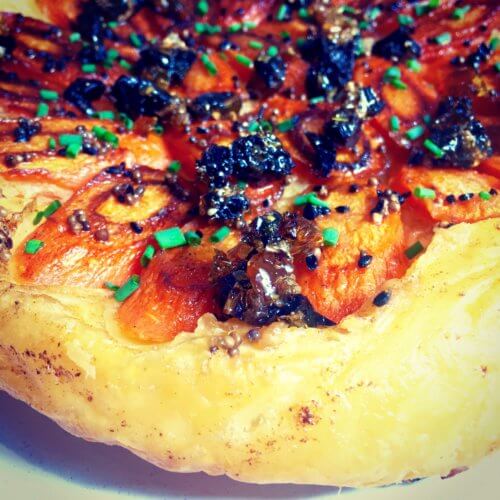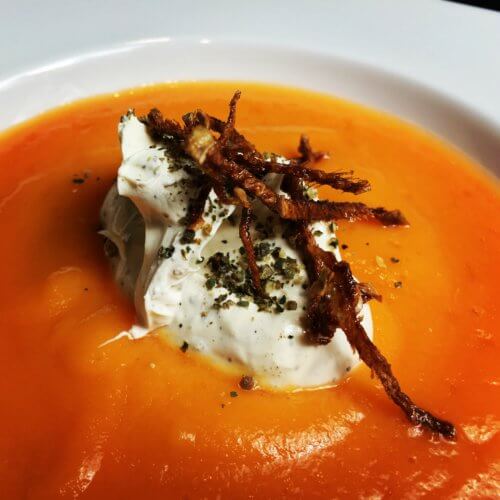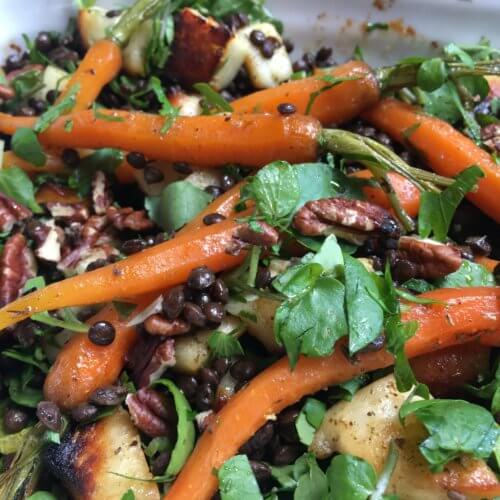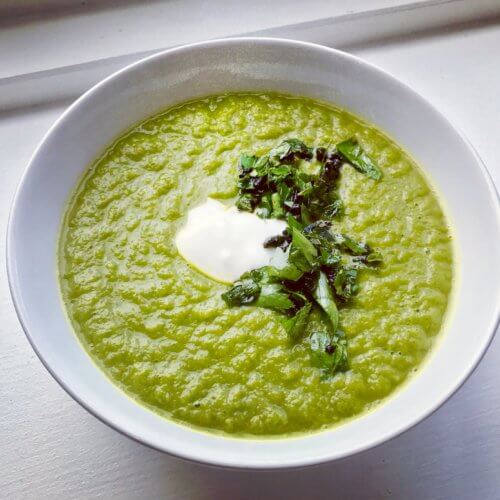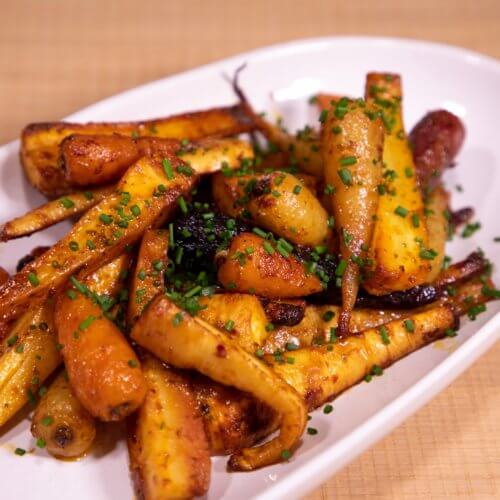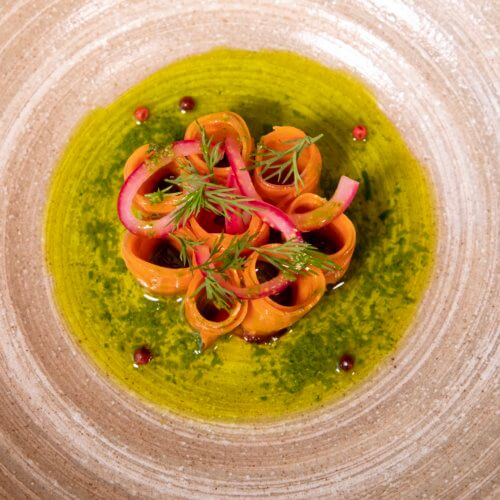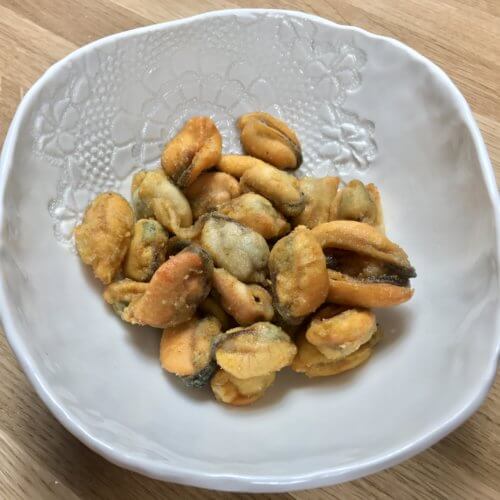The plant we consume today is a result of the domestication of a wild carrot probably originating in Persia, spreading to Europe and Southwestern Asia from there. In Europe, the oldest seeds discovered date back to 2000–3000 BC.
Originally, the carrot was purple. The reason why an orange version was cultivated is not clear. There are many claims that Dutch farmers created them in the 17th century to honor the Dutch flag and William of Orange, but there does not seem to be enough evidence supporting this.
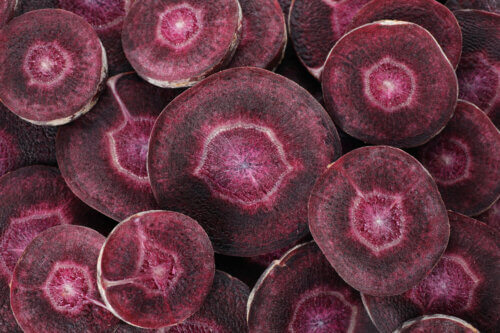
It is the taproot (large, central, and dominant root) that is eaten, but the stalk and leaves are also edible. If you buy carrots still with stalks and leaves attached, cut them off before storing, as the stalks continue to draw moisture from the taproot and use up quickly.
They can be eaten raw, fried, pickled, boiled, baked and take flavours on well.
Carrots are nutritionally beneficial with a high content of the provitamin A beta-carotene. Sadly, they don’t make you see better in the dark. That is a myth created during he WW2 by Royal Air Force to cover up the advances in technology.

